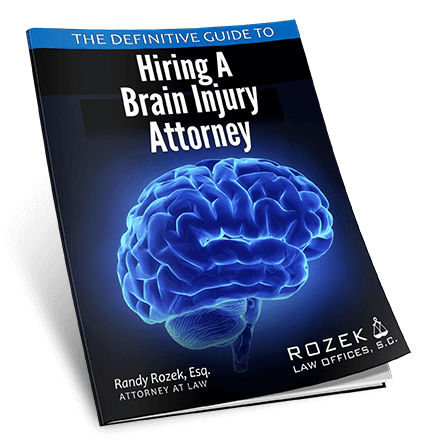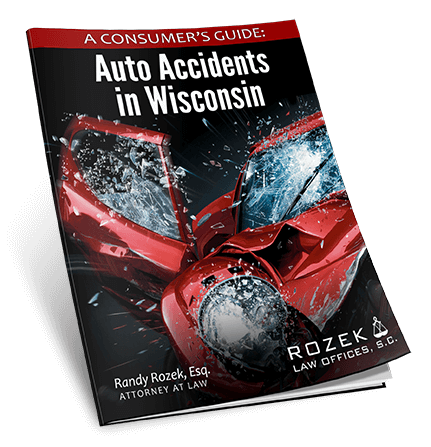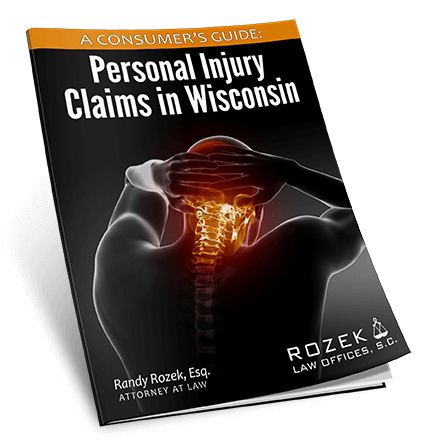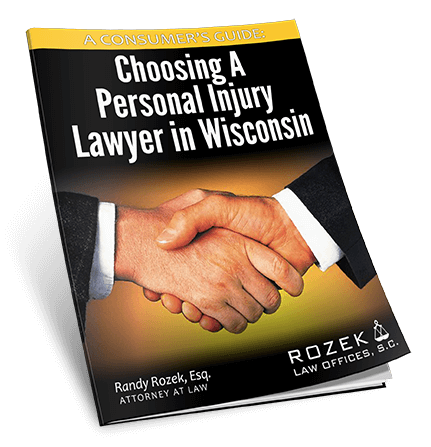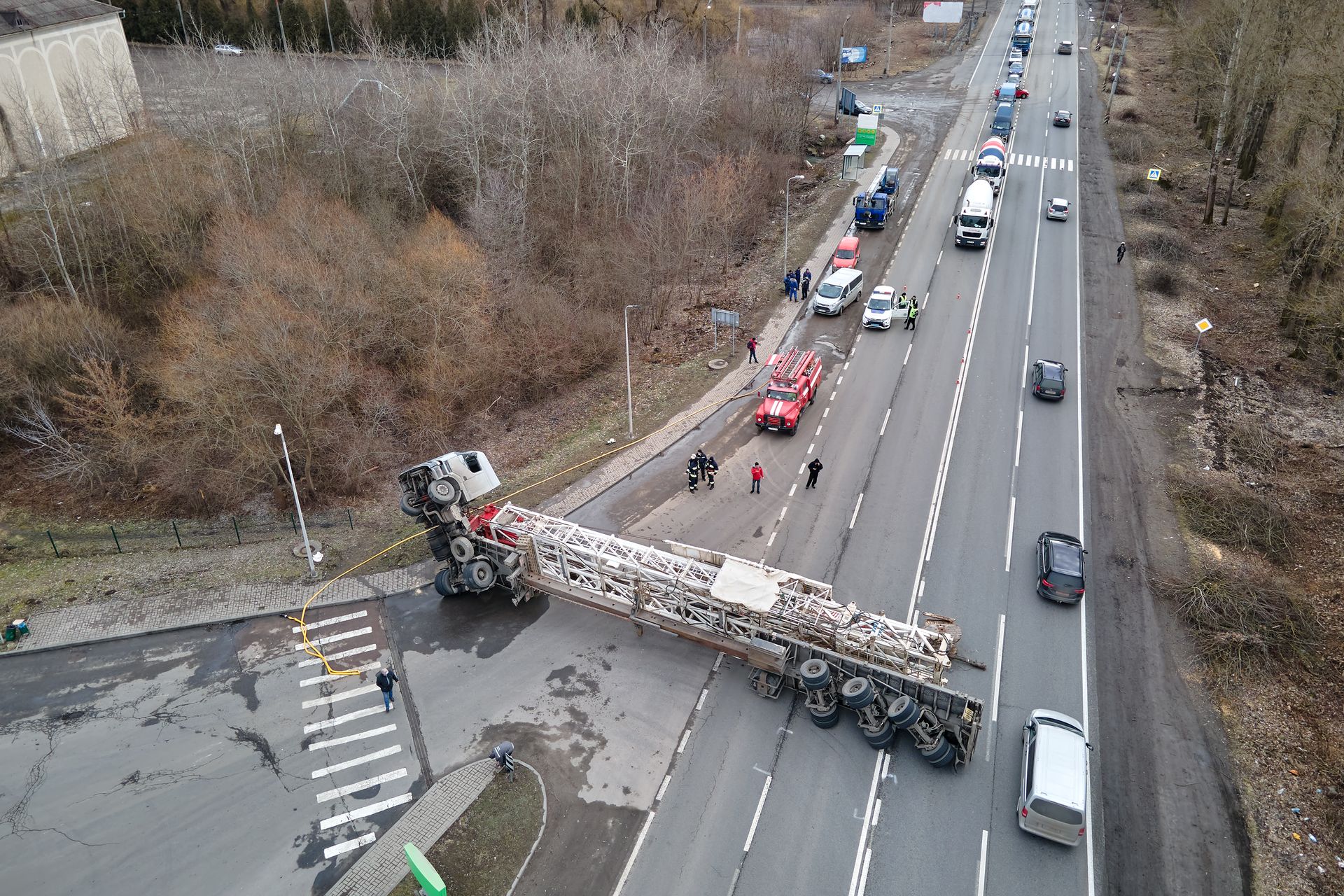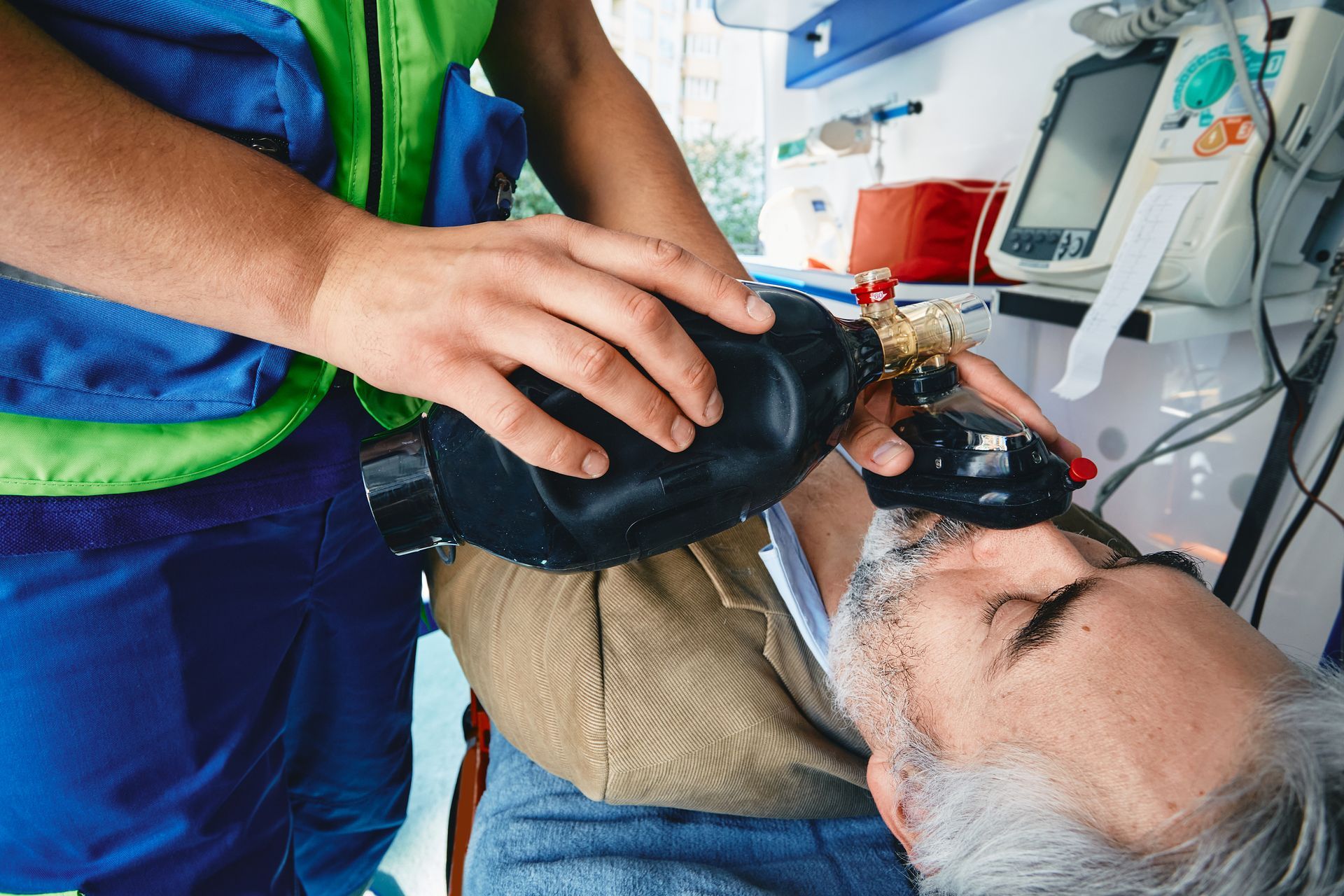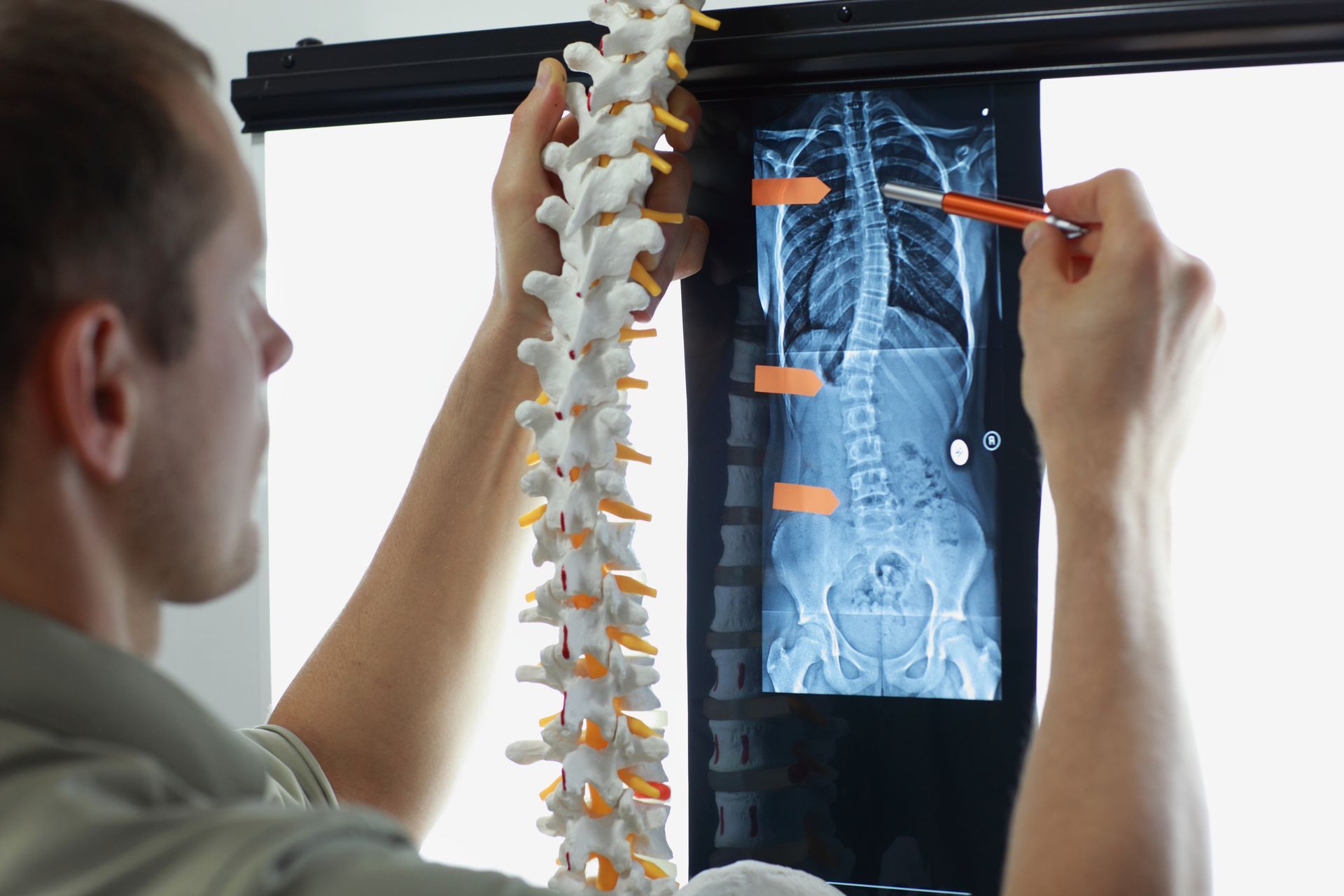Back Injury Lawyer in Wisconsin

Back Injuries are one of the most common types of injuries as a result of trauma due to Motor Vehicle Accidents , Bicycle Accidents , Truck Accidents and Pedestrian Accidents . Back Pain is also common in the majority of the population of adults over age 50.
Back Pain can be due to a multitude of specific types of Back Injuries, including the following:
- Herniated Lumbar Disks or Bulging Disks
- Fractured Lumbar Vertebrae
- Lumbar Ligament Sprain
- Low Back Strain
Wisconsin Back Injury Attorney
While we have offices in Milwaukee and Madison, we handle back injury cases that happen throughout Wisconsin.
The Lumbar Spine
consists of 5 bony vertebrae L1-L5. In between each vertebrae is a Disk. Each Disk
is composed of a fibrous material surrounding a gel-like substance. Imagine a jelly donut. Trauma to the Disk can result in the bulging of the fibrous material or it can result in the disk actually opening up and leaking out the gel-like substance.
Low Back Injuries
due to trauma resulting in disk injury can include any of the following:
- Herniated Disk
- Bulging Disk
- Ruptured Disk
- Compressed Disk
- Prolapsed Disk
- Slipped Disk
Herniate
means to “protrude through an abnormal body opening.” Unfortunately, in the medical community, there is not a clear consensus in the definition and distinction between herniation, rupture, bulge, compression, prolapse or slip. Generally, a Ruptured Disk
means that the disc has opened up, allowing the gel-like substance to leak out. A Bulging Disk
usually means just that, the Disk is bulging out in one or more areas. In either a Disk Bulge or a Disk Rupture, if there is aggravation to any of the nerves within the Spinal Column, the individual is likely to have extreme pain and possibly Radicular Symptoms, i.e. shooting pain or numbness into the buttocks, legs, and/or feet.
The most effective diagnostic device for detecting a Lumbar Disc problem is MRI. An MRI will reveal damage to the Discs, while an X-ray or CT scan will simply reveal damage to the bones.
Treatment for Disk Injury can range from rest, pain medication, muscle relaxers, physical therapy, medication, traction, chiropractic manipulation, injections, or surgery.
Fractured Vertebrae
A Fractured Vertebrae is a break in one or more of the five lumbar vertebrae. The type and extent of the fracture will dictate the different types of Low Back Pain. There are five different types of Fractured Vertebrae:
- Axial Burst Fracture – the Lumbar Vertebrae breaks in the front (anterior) and back (posterior) most often due to Car Accidents or Falls
- Compression Fracture – the front (anterior) of the Lumbar Vertebraebreaks while the back (posterior) of the Lumbar Vertebrae remains intact
- Fracture-Dislocation – the Lumbar Vertebrae moves center of the surrounding Lumbar Vertebrae
- Flexion Fracture or Distraction Fracture – the Lumbar Vertebrae is pulled apart
- Transverse Process Fracture – a Lumbar Vertebrae caused by rotational forces
Lumbar Vertebrae Fracture Treatment
can consist of conservative treatment, such as wearing a back brace, pain medication, bed rest and/or physical therapy. Surgery is often necessary in more serious cases of Lumbar Vertebrae Fractures. Bone Fragments often cause additional problems in Lumbar Vertebrae Fractures
and usually have to be surgically removed.
Lumbar Ligament Sprains
A Lumbar Ligament Sprain
is an injury to the Ligament. A Lumbar Ligament
is a strong band of tissue connecting two Lumbar Disks. Ligaments are more resistant to stretching than other soft-tissues in the Lumbar Spine. A Lumbar Ligament Sprain
is the unnatural stretching and tearing of a Lumbar Ligament.
Low Back Strain
A Low Back Strain
is damage to the soft-tissues in the Lumbar Spine. This can include damage to the tendons and muscles in the Low Back.
Lumbar Ligament Sprains and Low Back Strains are usually treated similarly in that physicians will likely try rest, pain medication, muscle relaxers, physical therapy, heat therapy, acupuncture and/or chiropractic treatment.


